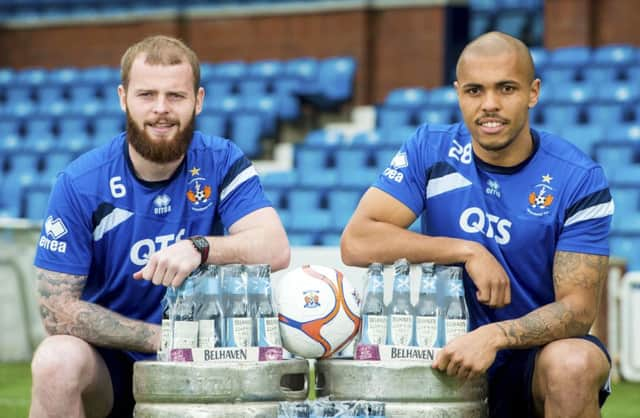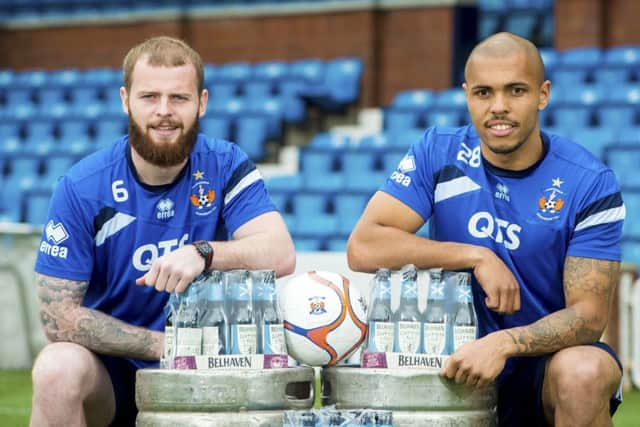Josh Magennis defends use of artificial surfaces


St Johnstone manager Tommy Wright and Dundee United midfielder John Rankin, who is also the chairman of PFA Scotland, have both stated the increasingly prevalent 3G playing surfaces should not be allowed in the SPFL Premiership.
The debate has been stirred up in the wake of Saturday’s match between Hamilton Accies and Partick Thistle at New Douglas Park in which a player from each side – Accies defender Mikey Devlin and Thistle forward Ryan Stevenson – suffered knee injuries.
Advertisement
Hide AdAdvertisement
Hide AdThistle winger Kallum Higginbotham claimed afterwards that the rise of artificial pitches, such as the one at Hamilton which was not watered at the weekend, are increasing the risk of serious injury to players.


Higginbotham was also critical of the pitch at Kilmarnock’s Rugby Park, installed at the start of this season, upon which he sustained a knee injury earlier in the campaign.
But Magennis insists that properly watered and maintained artificial pitches are perfectly safe and more conducive to an improved standard of football.
“I like our pitch,” said the Northern Ireland international. “When it’s wet, as it is most weeks in Scotland, it is a very good surface. It is an even playing surface for both teams. There are no bobbles and it is good for the standard of football we try to play. Maybe we have a slight advantage, in that we train on it nearly every day. We are used to it now. But at the start of the season, when it was first introduced, it did take three or four weeks for us to get used to it.
“Unlike with grass, there is no give in it. The surface doesn’t go from under you. For players coming here after playing on grass or muck, or whatever they’re training on, at this stage of the season – I do understand what they are talking about,
“But we like it. You might have to manage your body a bit more, with lower back pain and stuff like that. But it’s football and you get pain anywhere you play, if you are putting the work in.
“That’s what the physios and sports scientists are for. Our players like it – it runs true and we are happy playing on it. I’ll play on any surface, it doesn’t bother me at all.
“It does dry out quickly if you don’t water it. Especially when you have technical players, it can be a problem – sometimes Alexei Eremenko tries to do step-overs on it when it’s dry and they don’t come off.
Advertisement
Hide AdAdvertisement
Hide Ad“But the drainage system on it is very, very good. It does need to be watered constantly and you’ll see the sprinklers on before the game and at half-time when we play at home. It needs to be wet to be at its true potential.
“Again, you don’t want too much water on it because it can get waterlogged, so it’s just a case of trying to get the gist of it and manage it as best you can.”